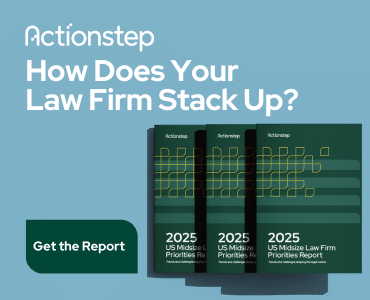Time to go look at yourself in the professional mirror—that is to say, to go read your online biography. Whether you’re a sole practitioner or a lawyer in a large firm, there’s one page on your website that’s entirely about you. Its purpose is to get clients to retain you. Is it doing the job?
Go take a look at the lawyer on your biography page. Come back when you’re finished.
All done? Okay. Did you find out where this lawyer went to law school and when he or she graduated? That’s nice. Did you discover what professional associations he or she belongs to (including mandatory bars to which every lawyer must be a member)? Lovely. Did you learn that this lawyer has experience ranging from local county courts to the highest court in the land? How distinctive.
Now, speaking from the perspective of a client: Did any of that make you think, “I absolutely must get this lawyer working for me today”? Because if not, then it’s serving no purpose and taking up valuable space on what is, for you, the single most important piece of real estate on the Internet.
This is What Visitors Should Find When they Read Your Online Biography
1. The solutions you provide. List your “practice areas” by all means, but understand that those aren’t the terms that visitors to your page are thinking about. They’re thinking about whether you can solve the problem or complete the transaction that’s causing them problems in their personal or business life. Focus on outcomes: “I help single parents get child support,” or “I help foreign-born professionals enter and work in this country,” or “I give small businesses the support and legal advice they need to succeed.”
2. Your track record of success. Visitors want to know not just whether you provide the services they need; they also want to know if you’ve done it before, for people like them. List examples of your successful efforts on behalf of the types of clients you wish would hire you, and be detailed when describing the client and the situation they faced. Testimonials reinforce your track record, so add them wherever possible.
3. How you work. One of the biggest fears with which clients approach lawyers is that they’ll get sucked into an uncontrollable vortex of time and money. Allay those fears by providing some knowledge and comfort about likely timelines and typical fee ranges. If you contact your clients monthly or respond to emails within 48 hours or return calls within 24 hours, say so. Set expectations early about what clients experience when they work with you.
4. What kind of person you are. Many lawyers work in your area, have good track records and bill in similar ways as you, so what sets you apart? You do. Let your personality come through your web page, because relationships are at the heart of successful client engagements and you want people to know what a relationship with you is like. Are you a hobbyist, activist, cinemaphile, gardener, soccer coach, choirmaster, volunteer, mechanic? Tell people who you are. Make sure that online mirror is accurate.
Look at your website biography again, this time with a client’s eye. Replace bar associations with industry groups and organizations. Detail the quality and nature of the cases, transactions and clients you’ve handled. Bring the most tangible and relevant elements up front, pushing the rest outside the center text block or into small sidebar lists, or deleting them altogether.
Identify everything on your web page that doesn’t fall into these categories or further these objectives. If they don’t help you get business, they don’t belong there.
















